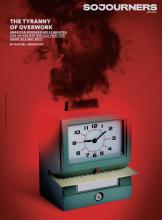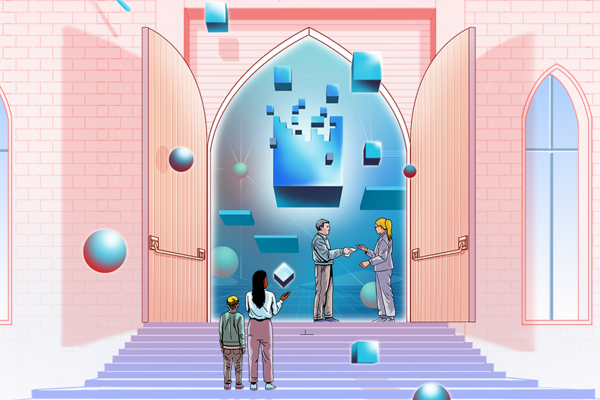IN 1995, Bob Sabath, then-administrator of Sojourners’ new website, wrote about how the World Wide Web might expand and change faith communities. “This next decade may show that the greatest social impact of the computer is not as an office automation tool, but as a communication tool, as a community-building tool.” Sabath, a founder of Sojourners and now director of web and digital technology, wrote that the web “could become a useful tool for helping us find each other and the resources we need to do the work we feel called to do.”
This was a prescient view on a technology that was only at its early stages. Of course, no one could predict exactly how monumentally transformative that technology would be. Sabath wrote during “Web 1.0,” also known as the “read-only” era. Web 1.0 essentially provided digital brochures (or, for churches, bulletins); it gave users a way to access and read information but minimal opportunities for interaction.
Web 2.0, or the “read-and-write” era, gave people a way to interact with others and generate their own content. Myspace, YouTube, Facebook, and Twitter all represent read-and-write usages, but do so with online forums and web applications. It’s the type of internet most people are familiar with, even if not by name.
The currently developing era of the internet is known as Web 3.0. While definitions vary, decentralization is often a key component of technologies that fall under Web 3.0. Blockchains are one of those technologies, and they enable cryptocurrencies (such as Bitcoin and Ether) and nonfungible tokens (NFTs)—the digital art that exploded in popularity over the last year.
Read the Full Article

